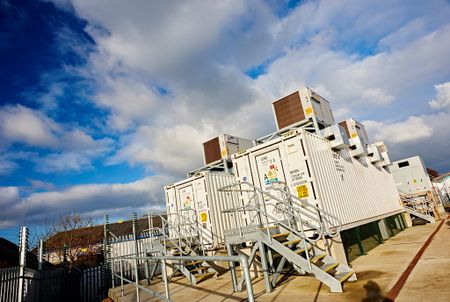
We've built on two of our innovation projects by carrying out case studies to understand the impact of Battery Energy Storage System (BESS) on losses in our network.
The first of the two case studies sees the BESS from our DS3 project connected on our domestic low voltage network, the second see the BESS in Rise Carr which is connected directly onto Rise Carr 33/6.4kV primary substation.
Both types of BESSs are of different sizes and were installed on different voltage levels of our network for different purposes, under different operating regimes. Since the BESS for our DS3 project are connected on domestic properties, we can assume that the monitoring data of these properties would be analogous to the smart meter-derived data.
We have learned that BESS could either reduce or increase network losses, depending on its scale and mode of operation. Understanding this would mean that we can utilise BESS to manage losses as well as factoring in the cost of losses into investment decisions for future BESS, for instance in the loss adjustment factor (LAF) charging. However, both case studies also demonstrated that the operation of the BESS is complex, and outside of DNO control. The quality of data for both case studies has an impact on the level of accuracy of the analysis and quantification.
Click here for the DS3 Losses Insight – Impact of domestic BESS on losses report

